If you think you’re ready to step up your strength game and build even more muscle then keep reading… There are literally dozens of strength training programs out there but few actually measure up like the Texas method does (it already sounds tough).
But the program was created by none other than world-renowned strength coach, author, and former powerlifter Mark Rippetoe who happens to be from Texas (ironic right?)…
It’s a very intense intermediate program which will catapult strength gains quickly but there’s a strategy behind the madness which is necessary for a program to be elite status. So, we’re going to explain the Texas Method according to how Mark Rippetoe designed it and we’ll also show you how it’s done…
What Is The Texas Method Strength Program?
The Texas Method is all about progressive adaptation through consistent resistance overload but there’s more to it. So, it’s different than the typical strength training program.
You’ll train three days a week with one rest day in between. You can follow a Monday, Wednesday, and Friday routine or any other structure which works around your schedule.
Level Up Your Fitness: Join our 💪 strong community in Fitness Volt Newsletter. Get daily inspiration, expert-backed workouts, nutrition tips, the latest in strength sports, and the support you need to reach your goals. Subscribe for free!
The first training day will consist of a higher volume workout. The second training day will involve active recovery, and the third training day will involve high-intensity.
Now, the concept of the Texas Method is geared toward people who have already made “newbie gains,” so it’s an intermediate program designed to help more experienced lifters to progress in their training. Mark Rippetoe explained how novice lifters can essentially make huge improvements at first but that will slow eventually.
And at that point, you’re ready for something a bit more challenging but very beneficial for long term progress.
Now, all movements will involve compound, multi-joint exercises using a barbell which allows you to use the most weight possible. This is essentially for making maximum progress because the weight is distributed pretty evenly across one place of movement. So, there’s not as much balance or stabilization required.
You can focus on lifting the weight with good form and barbells are much easier for increasing the resistance loads in increments.
Routine Structure
Here’s the Texas Method workout exactly as Mark Rippetoe designed it and we’ve also included a workout spreadsheet.
Day 1: Volume
You’ll do 5×5 for the first two exercises, which is a very effective balance between volume and intensity without too much of either extreme. Reps should be performed at 90% of your 5-rep max and you can rest 8-10 minutes in between sets.
- Squat (5×5) 90% of 5RM
- Bench press or overhead press (5×5) 90% of 5RM
Alternate between the bench press and overhead press for each first training day of the week.
- Deadlift (1×5) 90% of 5RM
The deadlift will be a low volume movement because it’d be too taxing to do any more than the recommended set/rep scheme since you’re already doing 5×5 on squats. However, you’ll still progress with the deadlift due to the strength increases.
Day 2: Active Recovery
You’ll base the weight used from the first training day (volume).
- Squat (2×5) 80% of weight used for day 1
- Overhead press or bench press (do the one you did not do on day 1) 3×5 at 90% of weight used for day 1
- Chin-up (3 sets to failure using bodyweight)
Rest 5 minutes in between sets
- Back extension or glute-ham raise (5×10)
Day 3: High-Intensity
Do a few warm-up sets starting with the bar for the squat and press of your choice. Then work your way up to doing a 5RM for these two movements. Weights should be heavier than what you trained with on Monday. Rest as long as needed to perform the exercises effectively.
The power clean and power snatch is a substitute for the deadlift but it’s a movement that incorporated explosiveness which is an important aspect of strength training.
- Squat (1x5RM)
- Bench press or overhead press (depending on which you did on day 2)/(1x5RM)
- Power clean or power snatch (you can do 5×3 cleans or 6×2 snatches)
Pre-Workout Nutrition
Before you train it’s recommended to eat a sufficient amount of complex carbs (slow-digesting), a good protein source and some healthy fats. If you’re not doing keto, then you need the carbs to store glycogen in the muscle to be used as energy to sustain your training. (1)
Check our top picks for best pre-workouts here
Without enough, you’ll find that you cannot maintain a desired level of strength for an extended period of time.
Post-Workout Nutrition
After the workout, you’ll need to load up on the protein, a quick-digesting carb source (simple sugars), and some fats. Adequate nutrition is imperative for strength progression and avoiding over training. You simply cannot train like a horse and eat like a bird or your efforts will be in vain (we’re sure you’ve heard).
But that doesn’t mean eat everything that isn’t nailed down as quality is still important. Lean meats, eggs, good carbs like sweet potatoes, rice, greens, and fats like nut butter, healthy oils, and avocadoes are great foods to structure your diet around.
Level Up Your Fitness: Join our 💪 strong community in Fitness Volt Newsletter. Get daily inspiration, expert-backed workouts, nutrition tips, the latest in strength sports, and the support you need to reach your goals. Subscribe for free!
And using a quality protein supplement is very helpful during the process, especially whey and casein powders which are proven to maximize protein synthesis in combination with a quick-absorbing carb (Simple sugars). It’s also necessary to consume plenty of amino acids with at least 3-4 grams of leucine (Branched-chain amino acid) after a workout. (2, 3)
You don’t want to skip meals because you can significantly limit your progress and being sufficiently hydrated is also essential for maintaining and increasing strength throughout the program.
Sleep
Getting plenty of rest is crucial for optimal performance. If you’re going to sleeping late (relative to how long you’ve been awake during the day) or getting very little then your progress will suffer. So, be disciplined and get at least 7 hours per night. REM sleep is essential for the body to repair muscle tissue and encourage the strength adaptation process. (4)
Supplementation
A quality fast-digesting whey protein (Ideally whey isolate but the concentrate is ok too) supplement is ideal since it’s a source of protein that provides all essential amino acids (building blocks of body tissue). Many studies show whey to promote significant protein synthesis and it contains a nice amount of leucine which is the most essential BCAA for the promotion of protein synthesis.
But, a fast-acting carb source like glucose or maltodextrin will maximize protein synthesis since insulin is necessary for leucine to maximize its muscle-building potential. (5)
Now, a casein protein powder is also very beneficial for promoting gains since it’s slow-digesting. And research has found a slow-release protein source to be more beneficial for long term protein synthesis than whey, whereas the latter is more advantageous initially. (6)
Creatine is also another very beneficial supplement and it’s also one of the most proven for its ergogenic benefits. It’s naturally found in muscles and some red meats and fish. But the body doesn’t produce enough to elicit performance benefits nor does meat contain enough to be sufficient. (7)
So, creatine monohydrate supplementation is recommended for improved performance and it’s safe for most people. When taken orally, it converts into phosphocreatine in the body and it’s used as energy in the muscles. And many studies show that creatine has beneficial properties for directly promoting muscle hypertrophy. (8)
Exercise Instructions
Here we’ll detail how to perform each compound movement involved in the Texas Method strength program. Always make sure to warm up sufficiently before doing your working sets to ensure you can lift with maximum strength and prevent injury.
Start with the bar and then add a 45-pound plate to each side, working your way up to the working sets.
Squat
- With feet slightly than hip-width distance apart, walk under the barbell and lift it off the rack using the middle part of your trapezius muscles.
- Keep your core tight, back straight, and chest up, then take a few steps backward to give yourself space to perform the squat.
- Point your feet slightly outward with feet still wider than hip-width apart.
- Squat down so the weight is on your heels until your thighs are parallel to the ground.
- Squat back up through your heels and move your hips forward to complete the movement into a standing position.
Learn more about Barbell Squat exercise!
Bench Press
- Lie on the flat bench so that you can grip the bar with your arms in a straight position and your feet are flat on the floor.
- Grip the bar with hands a little wider than shoulder-width and keep your wrists straight which will allow you to maintain optimal wrist strength to lift the most weight possible.
- Arch your back and tuck your elbows in at a 45-degree angle to your torso.
- Unrack the barbell and hold it in line with your sternum.
- Lower the bar a few inches from your lower chest and then press the weight upward until arms are extended.
Learn more about Close-Grip Barbell and Incline Dumbbell Bench Press!
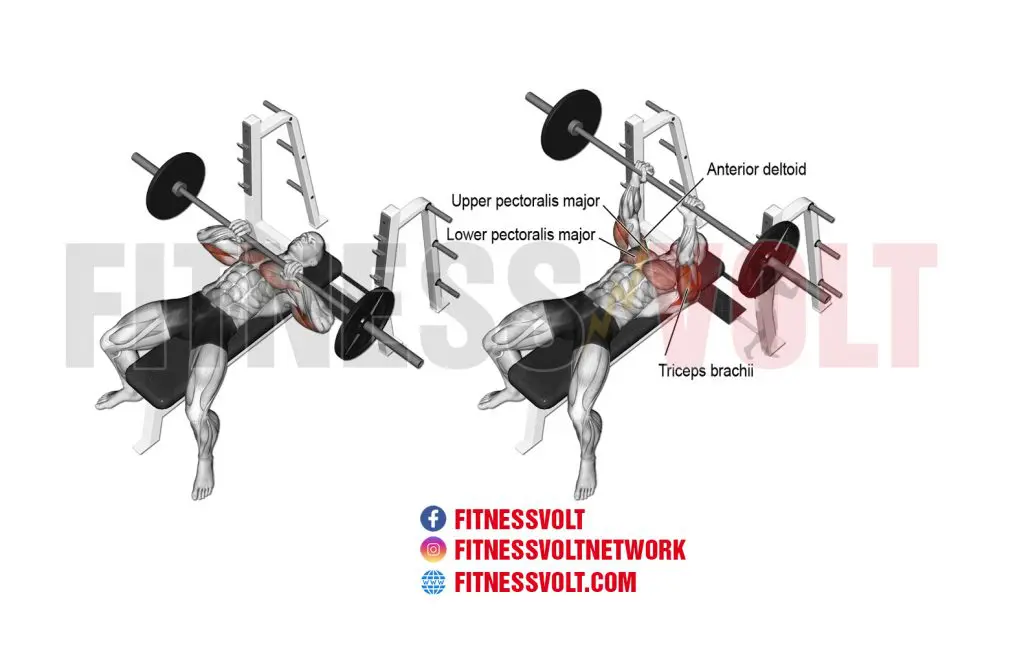
Overhead Press
- Sit upright on the shoulder press station with a space between your back and the chair padding.
- Grip the bar with hands slightly wider than shoulder-width and keep your wrists as straight as possible.
- Keep your head straight and unrack the bar then hold it overhead.
- Lower the barbell until your upper arms are parallel to the floor.
- Press the weight overhead and repeat.
Learn more about Seated Barbell Overhead and Barbell Overhead Press!
Deadlift
- Stand with your shins very close to the loaded barbell on the floor and keep your feet slightly wider than hip-width distance apart.
- Bend down with your back straight and grip the bar wider than shoulder-width. Your thighs should remain slightly higher than parallel.
- Lift the barbell by pressing through midfoot and heels, then thrust your hips forward to finish the movement in a standing position.
- Lower the barbell until the weights touch the ground and keep everything tight.
Learn more about Barbell Deadlift!
Chin-Up
- Grip the bar with palms facing you about shoulder-width.
- Cross your legs and bend your knees behind you.
- Pull yourself up as high as you can and slowly lower yourself down but don’t straighten your arms. You can use slight momentum but no swinging or kipping.
- Repeat until failure.
Back Extension
- Get into position facing the stand and adjust the support padding so that your hips are supported.
- Cross your arms on your chest and lower your torso until it’s only slightly lower than parallel to the floor.
- Thrust your chest up and use your posterior chain to lift your torso back up until your body forms a straight line.
Glute Ham Raise
- Place your feet on the platform between the padded rollers so that your knees are behind the padding.
- Place your hands behind your head or cross them on your chest.
- Lower your body down as far as you can.
- Now, flex your knees until you return to an upright position while squeezing your glutes and hamstrings.
Power Clean
Start with the loaded barbell on the floor.
- Walk up to the bar so your shins are as close to it as possible with a hip-width stance.
- Bend your knees until your thighs are slightly above parallel to the floor, and keep your back straight while leaning over the bar.
- Then grip it so hands are slightly wider than shoulder-width (just outside shins).
- Pull the weight up your shins using your legs to drive your body upward.
- Then as you reach mid-thigh, jump up using your whole foot and shrug your shoulders, then drive your elbows underneath as you rest the barbell on your front deltoids.
- Drop the barbell back down so your arms are hanging straight down and then lower it to the floor.
Power Snatch
- Walk up to the bar so shins are close or touching it and take a with a hip-width stance.
- Bend your knees so thighs are only slightly above parallel to the floor and keep your back straight while your torso is bent over the bar.
- Grip the bar with hands wide.
- Drive upward keeping your feet flat and pull the bar until it reaches your hip pocket.
- Then, shoot your hips forward to launch the bar vertically up into a high pull and drop under the bar to catch it so arms are fully extended overhead.
What To Expect From The Texas Method
Don’t expect it to be easy and don’t think you’re just going to breeze through the program. Now, as far as gains are concerned; Mark Rippetoe gave an example of what you can expect…
“If five months of novice progression took you from a 95-pound squat at a bodyweight of 140 to a 315 x 5 squat at a bodyweight of 200, the Texas Method will take you to 405 x 5 squat at a bodyweight of 225 in a year. Not as dramatic by any stretch, but this is fine because you’re older now and committed to the project.” –T-Nation.
Ready To Take On The Challenge?
The Texas Method is a beastly strength training program reserved only for those who are tough as nails. It’s not a newbie program, nor is it for children or people who do not have sufficient joint mobility. But rather, it was designed for the intermediate-level lifter who needs to break a plateau and continue his/her strength progress.
Be sure to adhere to all recommendations before attempting the program and learn to listen to your body so that you can get through the program safely and effectively.
Try out the Texas Method and watch your gains soar!

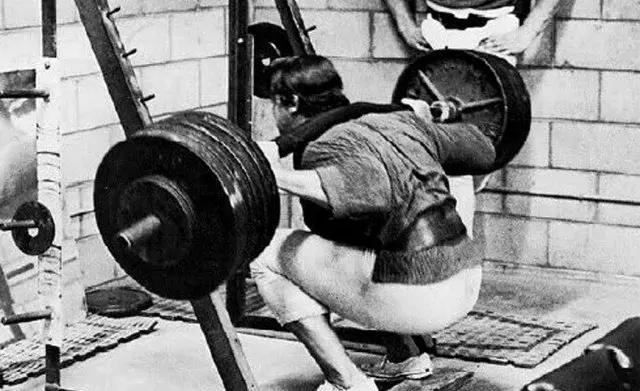
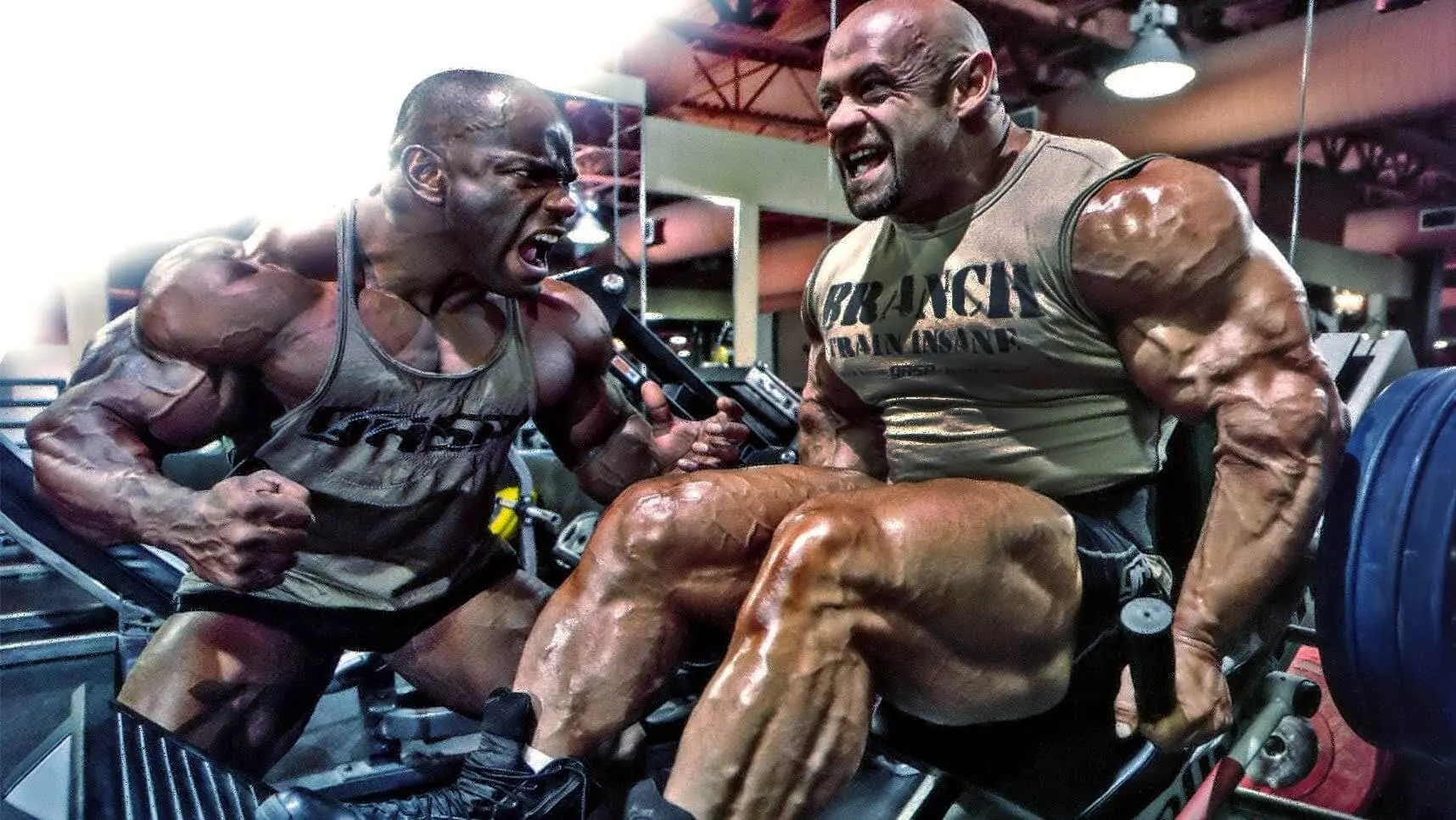

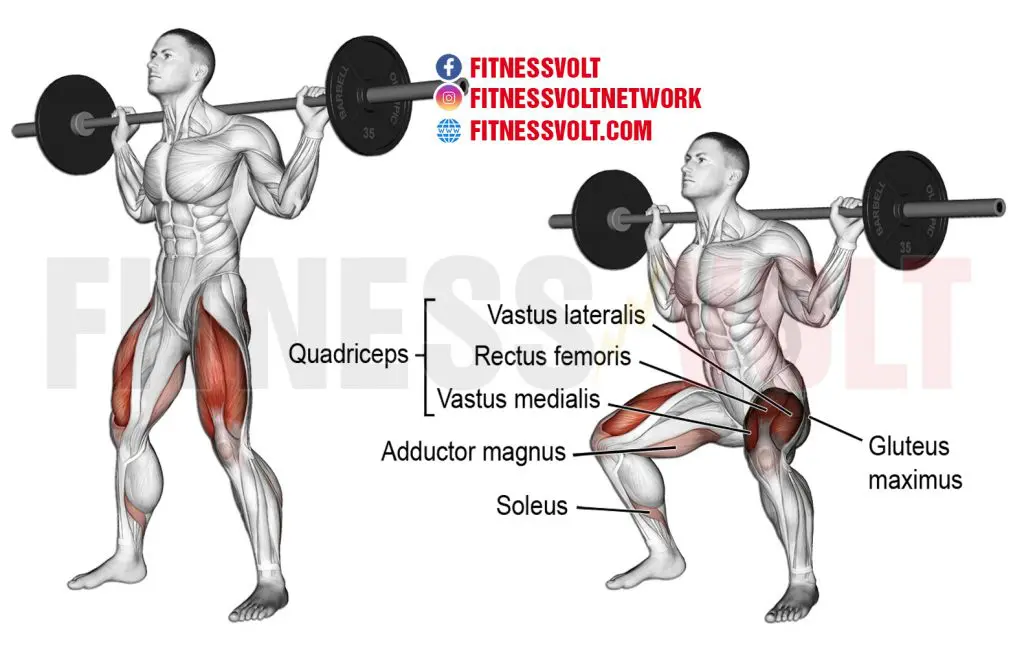
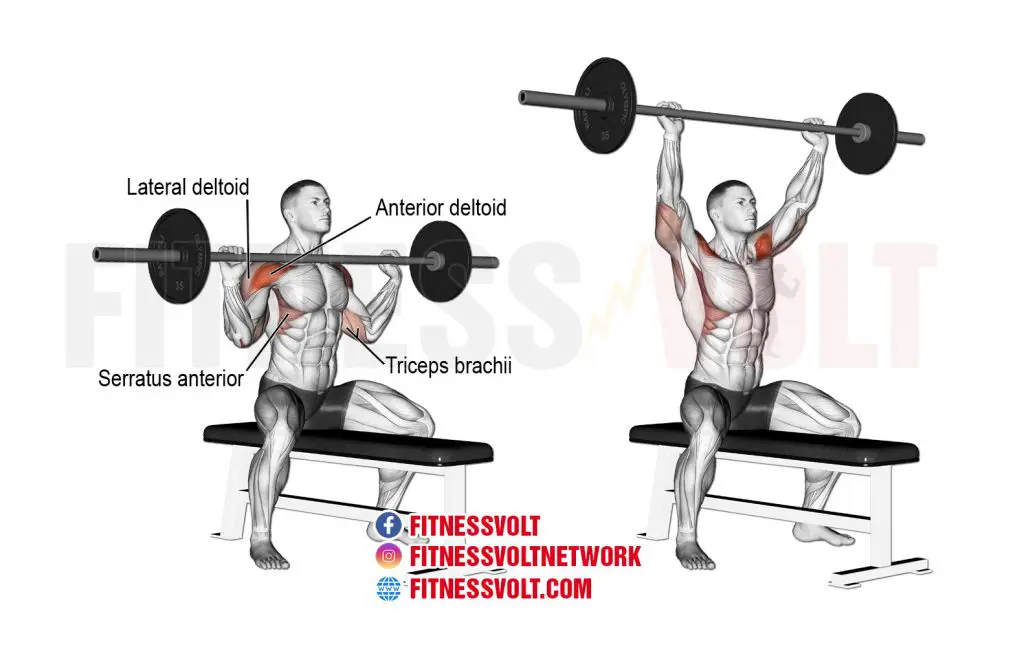
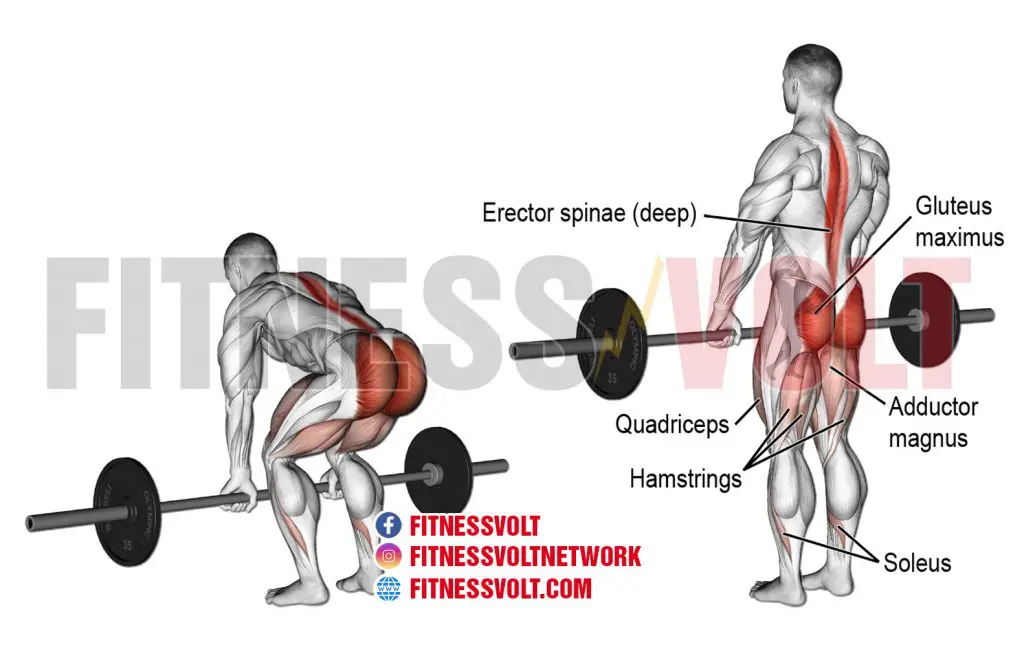
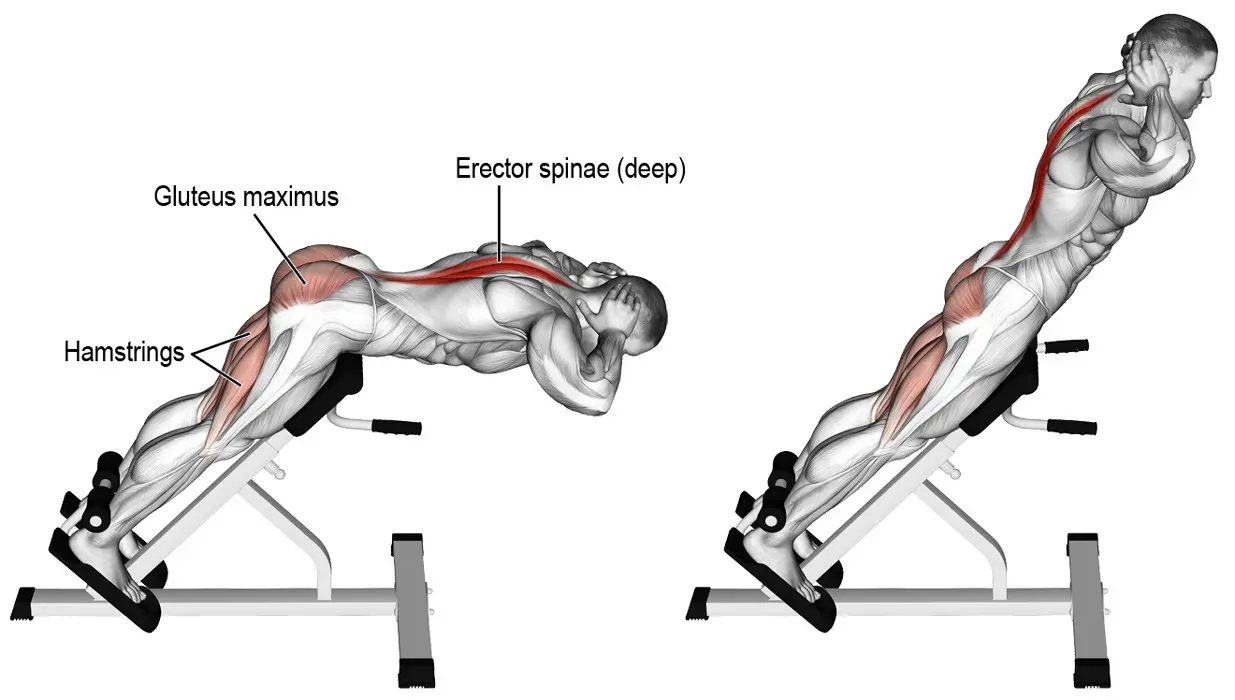








Very informative and helpful tips to do exercises correctly. Proper method of doing workout is essential to prevent negative effect. Thanks